Description
I. Introduction
The process of Pigging a Pipeline is a vital operation within the oil and gas industry, playing an essential role in sustaining the integrity and operational efficiency of pipeline systems. The term Pigging a Pipeline has its roots in the initial period of pipeline maintenance, when a “pig”, an acronym for Pipeline Inspection Gauge, was inserted into pipelines to carry out critical cleaning and inspection tasks, generating a squealing sound reminiscent of a pig. Today, Pigging a Pipeline involves the use of specialized devices, known as pigs, that traverse pipelines to perform assorted maintenance tasks. These tasks cover the removal of debris and sediment, conducting inspections for potential defects in the pipeline, and implementing measures to prevent corrosion. The importance of Pigging a Pipeline is multifaceted; it ensures the unobstructed and efficient flow of products, mitigates the risk of pipeline blockages and leaks, and contributes to extending the lifespan of the pipeline infrastructure. By doing so, “Pigging a Pipeline” safeguards a key component of the worldwide energy infrastructure.
Shenyang EMT Piping Technology Co., Ltd. specializes in the manufacture of products for corrosion monitoring and pipeline cleaning. Since our inception in 1993, we have been delivering pipeline equipment and associated services to pipeline industries, including petroleum, chemical processing, oil and gas, and water treatment. To ensure optimal performance and efficient resource utilization, we often deliver customized products to meet the unique requirements of each project.
II. Understanding Pipeline Pigs
Pipeline Inspection Gauges, commonly known as PIGs, are specialized devices used in the maintenance and inspection of pipelines in various industries, most notably the oil and gas sector. PIGs are designed to travel within the pipeline, driven by the flow of the product being transported. As they traverse the pipeline, they perform a variety of tasks, including cleaning the pipeline by removing deposits and debris, inspecting the internal condition of the pipeline for any defects or anomalies, and sometimes even separating different types of products within the pipeline. Choosing the right type of PIG for a specific pipeline is a critical decision. Different pipelines, depending on their diameter, material, the product they transport, and the unique conditions they operate under, require different types of PIGs. For instance, a pipeline that transports crude oil across a harsh environment may require a robust, intelligent PIG capable of withstanding high pressures and temperatures and detecting fine-scale defects. Conversely, a shorter, less complex pipeline may only require a basic cleaning PIG. Therefore, understanding the different types of PIGs and their functions is essential for effective and efficient pipeline maintenance.
III. Mechanical Pigs
Mechanical Pigs
Mechanical Pigs are robust and versatile pipeline maintenance tools designed to perform a wide range of tasks, from basic cleaning operations to more complex activities such as batching or product separation. Typically, these pigs are constructed from a combination of materials such as steel, polyurethane, or rubber and are equipped with various configurations of cups, discs, or brushes to handle different pipeline conditions and cleaning requirements.
Cup Pigs
Cup Pigs, as their name suggests, feature one or more sealing cups affixed to a solid or hollow body. These cups provide a seal against the internal wall of the pipeline, allowing the differential pressure of the product flow to propel the pig along the pipeline. The flexible nature of the cups allows them to negotiate bends, changes in diameter, and other pipeline features while maintaining a good seal. This adaptability, coupled with their relatively simple design, makes Cup Pigs an efficient and cost-effective solution for many pipeline cleaning and maintenance tasks. They are particularly well-suited for pipelines with varying diameters and for operations where a good seal is necessary, such as batching, displacement, or dewatering tasks.
Disc Pigs
Disc Pigs, on the other hand, utilize flexible discs instead of cups. These discs can provide multiple sealing points, allowing for a more aggressive cleaning action compared to Cup Pigs. The discs are typically made from polyurethane or a similar material, providing both flexibility and durability. Disc Pigs are capable of removing harder deposits and are often used in pipelines where more intensive cleaning is required. Like Cup Pigs, they can navigate changes in diameter and bends in the pipeline, although they may require more driving force due to the increased sealing and friction. Disc Pigs are ideal for operations like heavy-duty cleaning, scraping, and product removal or displacement.
IV. Foam Pigs
Foam Pigs
In the process of Pigging a Pipeline, Foam Pigs serve as a versatile and cost-effective tool for numerous pipeline maintenance tasks. Constructed from open-cell polyurethane foam and available in a diversity of densities, these lightweight and flexible tools are adept at maneuvering through bends, fittings, and diameter changes in pipelines with ease. Foam Pigs are deployed in Pigging a Pipeline for a variety of tasks, including cleaning, drying, and product removal, and can also be utilized for pipeline proving and gauging.
Bare Foam Pigs
Bare Foam Pigs are uncomplicated, uncoated foam pigs designed for flexibility, enabling them to traverse intricate pipeline features that may pose a challenge to more rigid pig designs. Their applications in Pigging a Pipeline range from light cleaning and drying to product displacement. Moreover, Bare Foam Pigs are frequently employed for “pipeline proving”, where they verify the absence of obstructions in a newly installed or refurbished pipeline.
Criss-Cross Foam Pigs
Criss-Cross Foam Pigs in Pigging a Pipeline feature a pattern of criss-cross grooves cut into the foam. These grooves increase the pig’s surface area, thereby enhancing its cleaning capabilities. This design feature also facilitates the transportation of more liquid ahead of the pig, rendering these pigs particularly effective for dewatering applications. Despite their augmented cleaning potential, Criss-Cross Foam Pigs retain the flexibility and adaptability of Bare Foam Pigs.
Foam Pigs with Brushes
In the context of Pigging a Pipeline, Foam Pigs with Brushes elevate cleaning capabilities by incorporating wire or plastic brushes into their design. These brushes execute a scraping action capable of dislodging more firmly attached deposits from the pipeline wall. They are typically used in pipelines requiring more robust cleaning action, where the use of a stiffer mechanical pig may not be feasible or desirable.
Criss-Cross Foam Pigs with Brushes
Criss-Cross Foam Pigs with Brushes merge the enhanced cleaning action of the criss-cross design with the scraping action of brushes, offering a highly effective cleaning solution in Pigging a Pipeline. They are particularly suitable for applications necessitating a high degree of cleaning but where the pipeline features demand a flexible pig.
Polly Pigs
Polly Pig is a unique type of Foam Pig used in Pigging a Pipeline. Made from a denser, more durable foam and often coated with a polyurethane elastomer for increased wear resistance, these pigs exhibit a more aggressive cleaning action. They are frequently used for applications such as removing liquids from the pipeline, swabbing, and drying.
V. Solid Cast Pigs
Solid Cast Pigs are sturdy and durable pipeline maintenance tools cast from a single piece of polyurethane or another elastomer. Their one-piece design provides enhanced toughness and longevity, making them ideal for challenging pipeline conditions and more aggressive cleaning or maintenance tasks.
The design of Solid Cast Pigs can vary, but typically, they feature a solid body with one or more sealing elements, such as cups or discs, cast as part of the pig. This integral casting results in a robust, long-lasting tool that can withstand high pressures and harsh conditions. Some Solid Cast Pigs may also incorporate additional features, such as brushes or blades, to increase their cleaning effectiveness.
Solid Cast Pigs are driven through the pipeline by product flow, just like other types of pigs. However, due to their robust design and material, they can often withstand higher driving pressures and provide more aggressive cleaning action.
The advantages of using Solid Cast Pigs are numerous. Their robust design means they typically have a longer lifespan than many other types of pigs, reducing the frequency of pig replacement and hence the overall cost of pipeline maintenance. Additionally, their aggressive cleaning action can be advantageous in pipelines with significant deposits or where a high degree of cleanliness is required.
Solid Cast Pigs are suitable for a wide range of pipeline conditions. Their robust design and material make them ideal for high-pressure, harsh-environment pipelines. However, they can also be used in less demanding conditions, where their long lifespan and cleaning effectiveness can still provide significant benefits.
VI. Choosing the Right PIG for Your “Pigging a Pipeline” Needs
Selecting the appropriate PIG for your pipeline maintenance needs is crucial to the efficiency and success of your “Pigging a Pipeline” operation. Various factors must be considered:
Pipeline Size and Configuration
The physical characteristics of the pipeline, such as internal diameter, length, and the presence of any bends, fittings, or diameter changes, play a vital role in determining which PIG is right for your application. For instance, Foam Pigs, due to their flexibility, are often chosen for “Pigging a Pipeline” with complex configurations.
Types of Debris
The nature of the debris or deposits in the pipeline also influences the choice of PIG for “Pigging a Pipeline”. For example, if the pipeline has hard, firmly attached deposits, a more aggressive cleaning action might be required, making Foam Pigs with Brushes or Polly Pigs a suitable choice. Conversely, if the task at hand is light cleaning or drying, Bare Foam Pigs or Criss-Cross Foam Pigs might be sufficient.
Pipeline Material
The material of the pipeline is another important consideration in “Pigging a Pipeline”. Some PIGs may be too abrasive for certain materials, which could lead to damage. It’s essential to select a PIG that is compatible with the pipeline material to prevent any potential damage.
How Our Company Can Assist in Pigging a Pipeline
Our company is dedicated to ensuring that you make the right PIG selection for your “Pigging a Pipeline” needs. We offer a comprehensive consultation process where our team of experienced professionals will gather detailed information about your pipeline system and its condition. This includes understanding pipeline configuration, the type of debris or deposits present, the pipeline material, and your specific maintenance goals.
Based on this information, we can provide detailed recommendations on the most suitable PIG for your needs in “Pigging a Pipeline”. Whether it’s a Bare Foam Pig for light cleaning tasks, a Criss-Cross Foam Pig for enhanced cleaning capabilities, a Foam Pig with Brushes for more robust cleaning action, or a Polly Pig for the most aggressive tasks, we can guide you to the right choice.
VII. Summary and Encouragement
Pipeline pigging is a vital component in the maintenance of pipeline infrastructure across a multitude of industries. This indispensable process ensures the efficient flow of products, reduces the risk of blockages and leaks, and significantly enhances the longevity of pipeline systems. The use of appropriate Pig types, ranging from Mechanical Pigs, Foam Pigs, to Solid Cast Pigs, is contingent on factors such as pipeline size, configuration, the type of deposits, and the pipeline material.
At Shenyang EMT Piping Technology Co., Ltd., we offer a comprehensive selection of pigging products, each designed to effectively meet your unique pipeline maintenance requirements. Our in-depth understanding of the pigging process and robust product range allow us to provide optimal solutions for the maintenance of your pipeline systems.
We invite all potential clients seeking to enhance their pipeline efficiency and safety to reach out to us. Our team of experienced professionals is ready to guide you in selecting the most suitable pigging solutions for your specific needs. Trust in Shenyang EMT Piping Technology Co., Ltd. to provide the expert guidance and high-quality products necessary for your pipeline maintenance success.

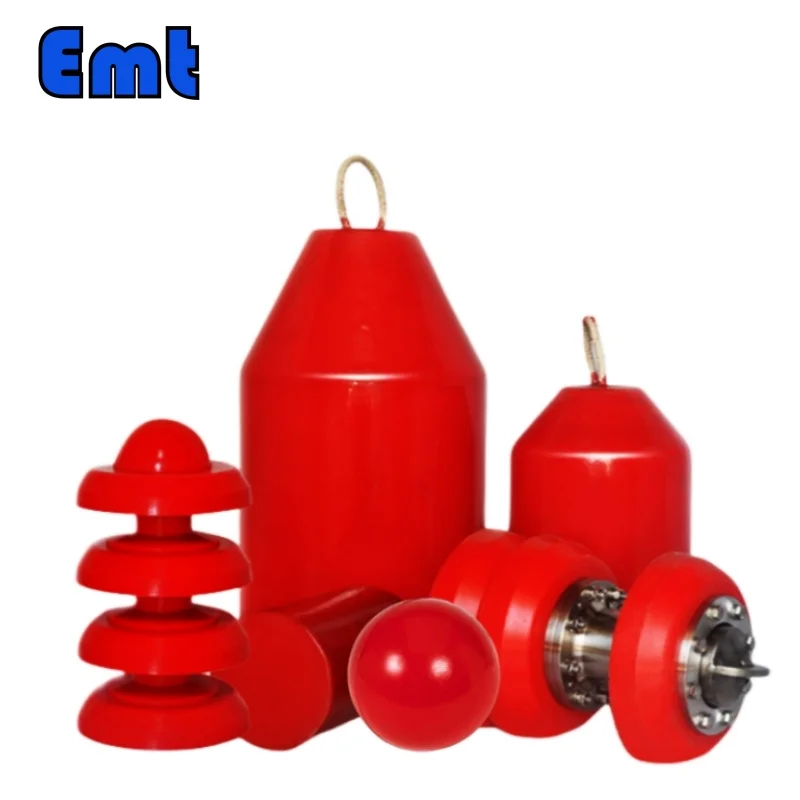
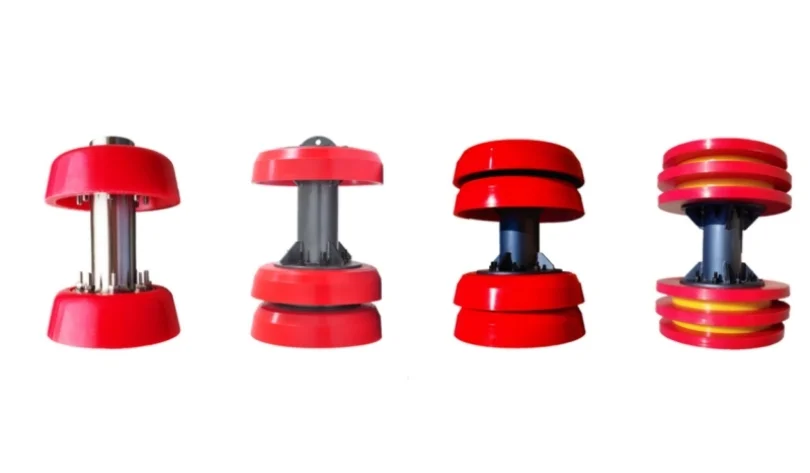
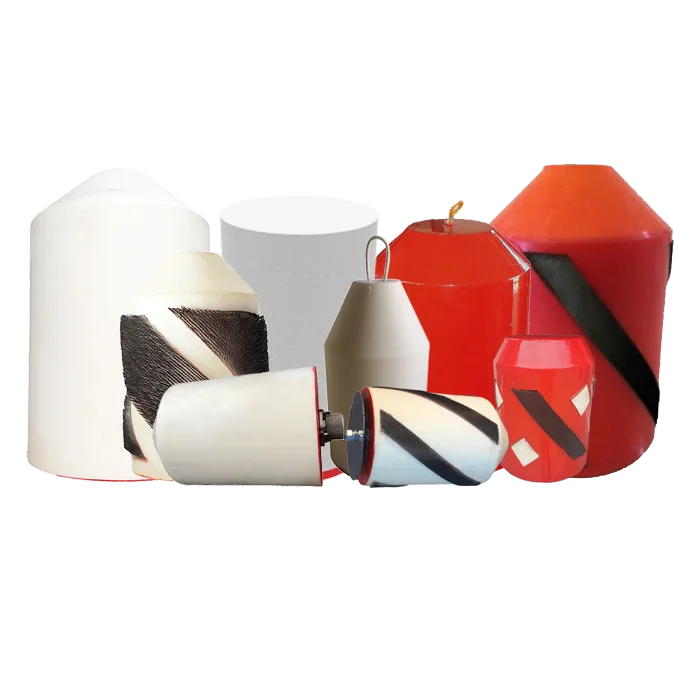
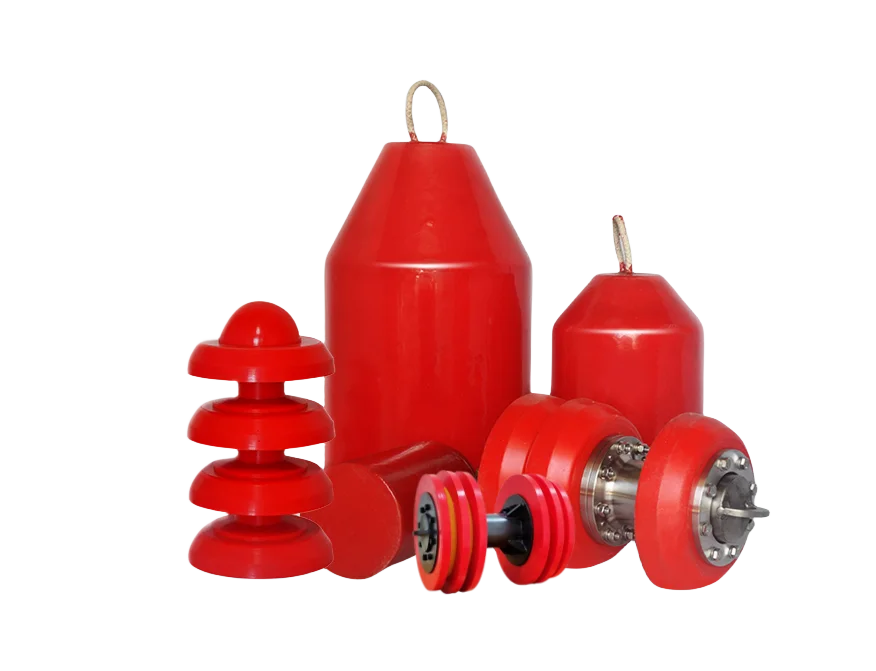
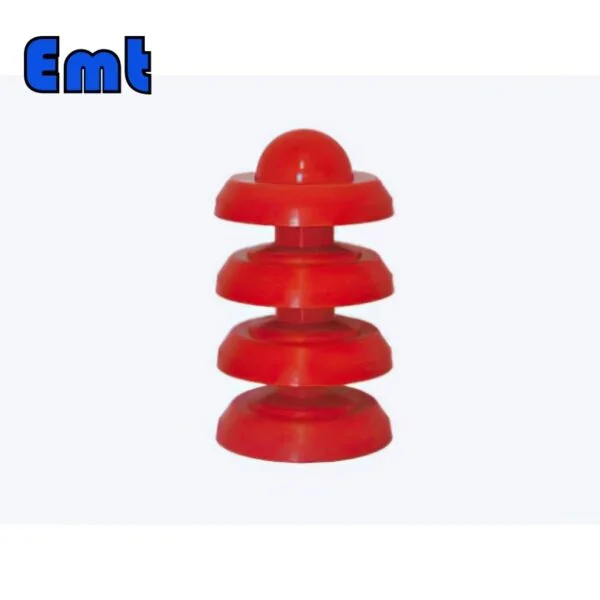
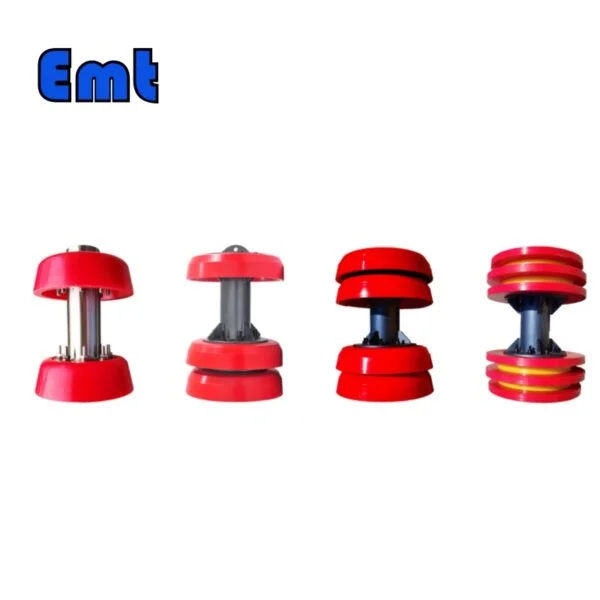
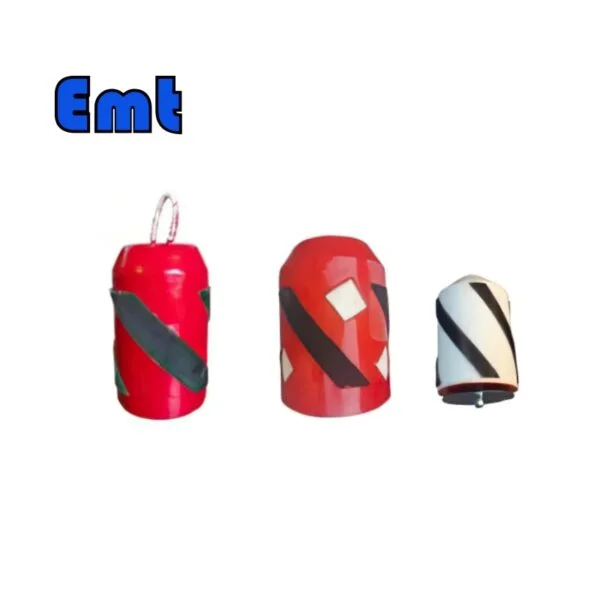
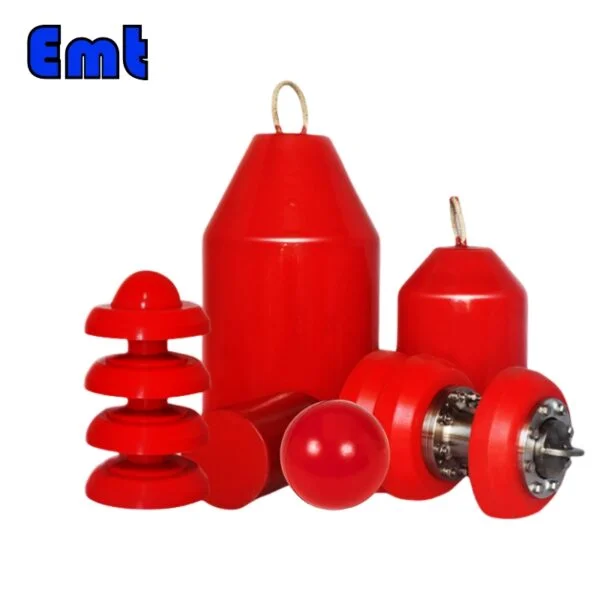
Reviews
There are no reviews yet.